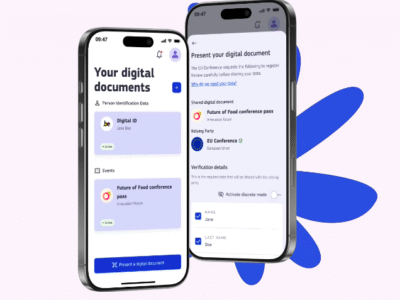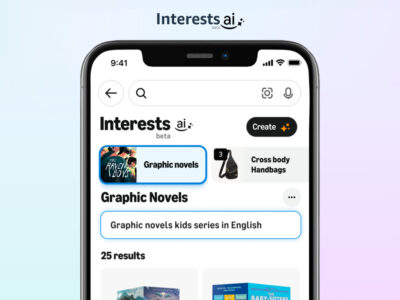It is becoming more obvious that we are on the cusp of a revolution in artificial intelligence (AI). However, no one can say specifically what the future of AI will be. Although, technology optimist foresee a future in which AI will allows us to live our best lives, not everyone is optimist about the future of AI. The future is uncertain. However, the past is written. If you are looking for a refresher or what to know what the past and present of AI is, then this timeline is what you need.
This Artificial Intelligence timeline contain some of the most important moments in the history of AI.
1950: Mathematician Alan Turing outlines a theoretical test called the imitation game to determine if machines can think. Since then the Turing test has become a benchmark for AI.
1956: One of the fist machine intelligence conference is held at Dartmouth College in New Hampshire, USA, amid a sense that progress in the field can happen very rapidly. The term Artificial Intelligence was coined. Also in 1956, a program called Logic Theorist is written, which has been described as the first AI program. It proved 38 of the first 52 theorems of the mathematical text Principia Mathematica.
1958: Psychologist Frank Rosenblatt builds the first artificial neural network which is called Perception. The neural network could recognise simple visual patterns, but it quickly became clear in its ability and utility were limited.
1966: ELIZA, an early language AI is finished. It gave the illusion of a natural conversation with human. However, its pattern-matching quickly became repetitive and it was unable to understand meaning.
1968: The film 2001: A Space Odyssey featured a computer known as HAL 9000. It is an AI which went rogue, acting against the crew of the spacecraft it is meant to be helping.
1973: A report from the British Science Research Council finds that AI research has failed to deliver results. This led lower AI research funding and interest.
1979: A simple mobile robot called Stanford Cart crosses a chair-filled room by itself. The process took 5 hours, but it was one of the first examples of an autonomous vehicle.
1987: There was general realisation that the popular approach of attempting to distil intelligence into logic and rules isn’t leading to useful AIs.
1997: IBM’s chess-playing supercomputer Deep Blue defeats grandmaster Garry Kasparov, winning three of six games and drawing one. It relied on brute force computing power to find the best moves.
2011: Apple releases Siri, an AI-powered assistant that can be instructed in natural language to perform basic tasks. This is based on the underlying neural network.
2016: Research firm DeepMind’s AlphaGO AI system beats top GO player Lee Sedol in a 4-1 victory.
Mid-2020s: Generative AIs become widely adopted tools.
2022: DeepMind’s AlphaFold AI predicts the structure of nearly all known proteins in just 18 months. It would take a scientist several years to uncover the structure of a single protein.
2022: OpenAI makes an AI chatbot known as ChatGPT publicly available. This led to a scramble to commercialise generative AI and large language models.
2023: The European Union passes its AI Act. It regulates AI by risk for the almost 450 million citizens of the EU.
So far, these are the major events in the growth and adoption of AI.






